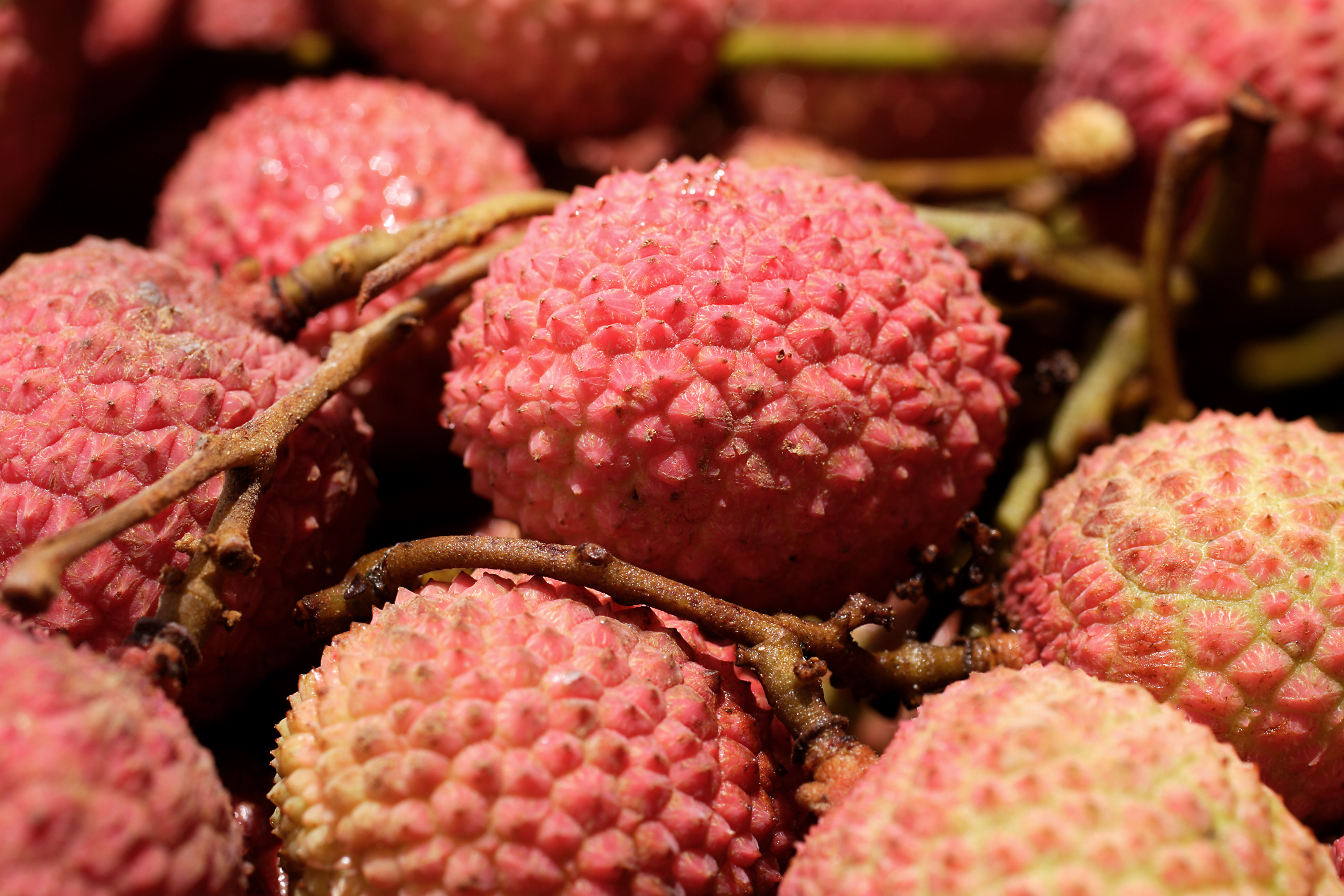Lunchtime on a Tuesday afternoon and I’m standing in the shade at Rhumerie de Chamarel, in the south west of Mauritius, slowly sipping my fifth shot of rum. It’s spiced and tastes of Christmas, with hints of cinnamon and nutmeg. At 40 per cent strength I decide to be sensible and make it my last. Think of rum-producing countries and this Indian Ocean island probably isn’t the first that springs to mind, but since a government ban (originally imposed because refined sugar was thought to fetch higher profits) was lifted 12 years ago, it has been making its mark on the international spirits market with a not-so-secret ingredient: pure sugar cane juice. Where the majority of rum is made using molasses, several distilleries here (alongside those in Martinique and Guadaloupe) produce agricole rum with distilled cane juice. The result is smoother and often likened to the complexity of a whisky.
Rum drinking aside, sugar cane isn’t just integral to Mauritius’ history, it’s part of the landscape. As I continue driving around the south, fields of gently swaying cane line the side of the roads, punctuated with guava and lychee trees and neat rows of vegetables. Cultivating land this way dates back to 1630, when the Dutch first settled here and began growing sugar cane, indigo, rice and tobacco. They left (twice, after cyclones destroyed their crops) and were followed in 1715 by the French, who, with the help of slaves obtained from Mozambique, transformed the island into a prosperous colony. The British invaded a century later, abolishing slavery (industrial labourers from India took their place in the fields) and introducing elected government council representatives. This led, eventually, to Mauritius achieving independence in 1968.












